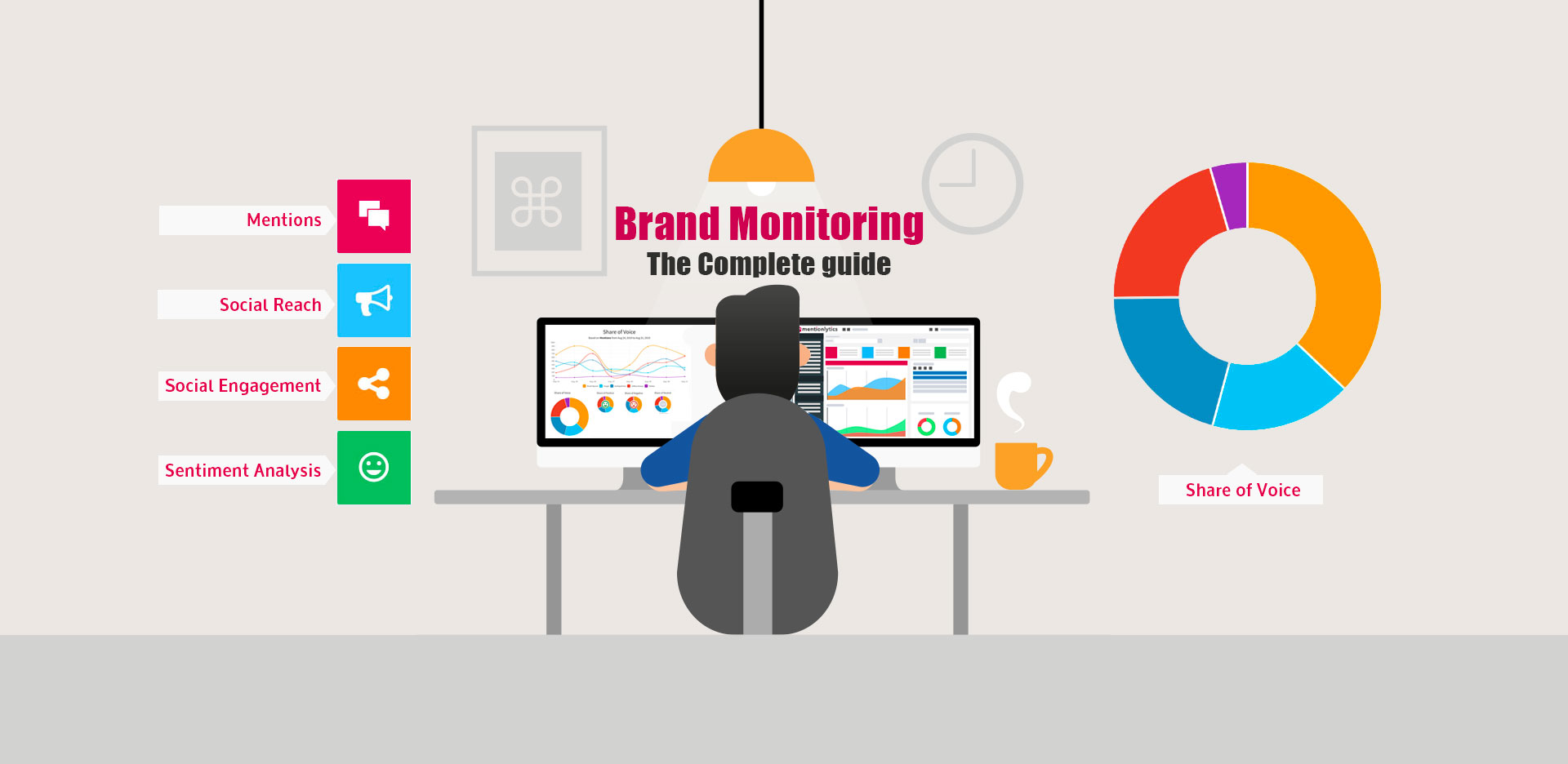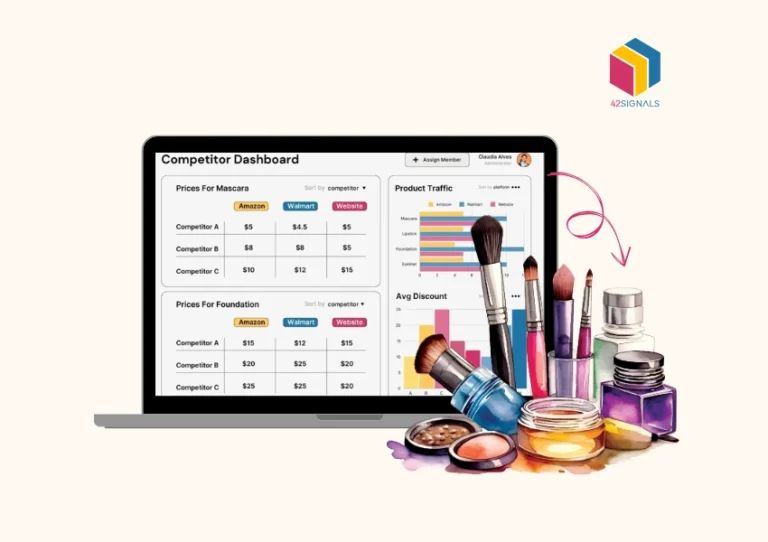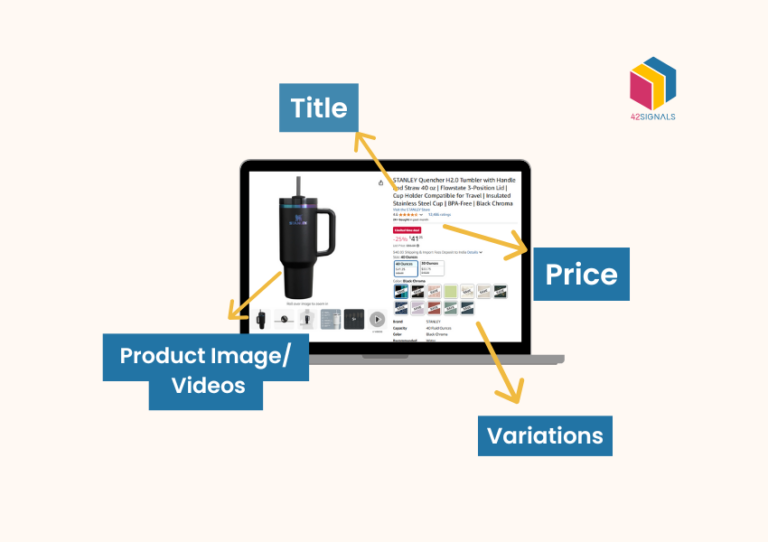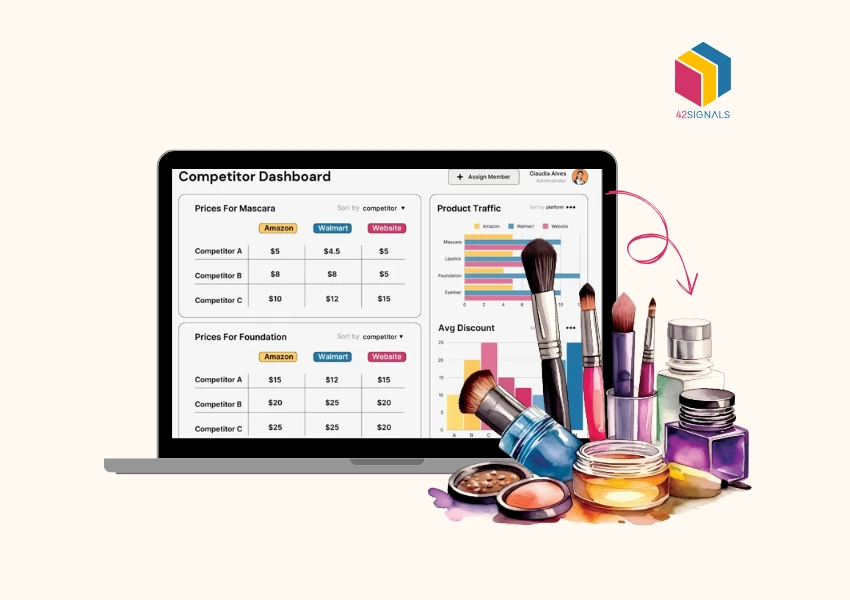Why does brand monitoring matter? Living in the Golden Age of Branding, businesses now possess unparalleled avenues to carve their distinct identities in the market, forging genuine connections with their customers. However, this branding tapestry weaves a story that transcends mere decades – it’s a tale that harks back to the 1500s.
Major revolutions in this narrative unfolded in the 19th and 20th centuries. Think of the iconic Coca-Cola script logo introduced in the late 1800s or Apple’s unforgettable 1984 commercial. As technology sprinted forward and experimentation became the norm, brands evolved from mere identifiers to powerful storytellers. They learned the art of cutting through the noise, transforming casual shoppers into dynamic brand advocates.
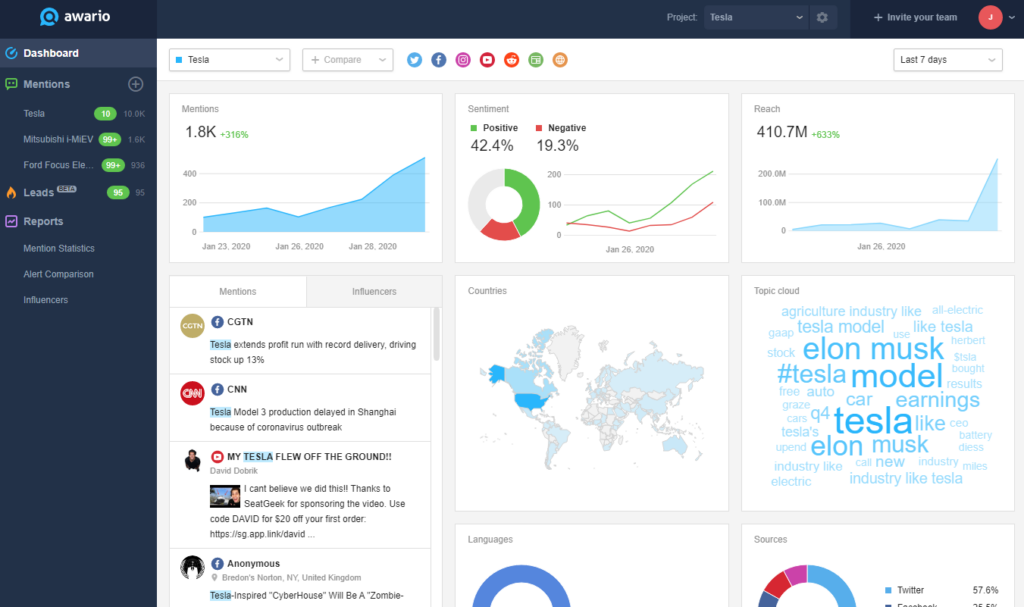
Image Source: Business 2 Community
The Digital Age and Brand Monitoring
Over centuries, the essence of branding has evolved. It’s not just about a memorable logo or a catchy phrase. It’s about forging a heartfelt connection with people.
In our digital age, there’s a constant buzz. Numerous brands are constantly communicating, trying to capture the audience’s attention. Amidst this backdrop, brand monitoring becomes crucial. It’s more than just tallying up likes, retweets, or shares. A tool that lets businesses gauge if their brand messages truly resonate with their audience. It’s about understanding sentiments, capturing feedback, and identifying areas of improvement.
Through effective monitoring, businesses get a clearer picture of how they’re perceived. This insight allows them to tailor their branding strategies, ensuring they remain not only relevant but also genuinely connected to their audience in an ever-evolving marketplace.
Brand Monitoring in the World of E-commerce

Image Source: Mention Lytics
As we move further into the Digital Age, the realm of e-commerce emerges as a dominant force, intertwining deeply with our branding narrative. The online marketplace is a bustling arena, where brands not only compete for visibility but also for trust and loyalty.
Tracking User Reviews and Feedback:
In the e-commerce sphere, the voice of the customer becomes magnified. While brands of the past, like Coca-Cola or Apple, primarily received feedback through market surveys or controlled focus groups, today’s brands face real-time, unfiltered critiques from users across the globe. User reviews, comments, and feedback are prominently displayed on e-commerce platforms, influencing potential buyers almost instantly. Monitoring these reviews with a tool like Voice of Customer Analytics is imperative; they provide invaluable insights and can make or break a brand’s reputation within hours.
Take for example how KFC UK took a customer’s Twitter feedback about their fries seriously and improved on the item. They even used the customer’s tweet in their marketing campaign.
Importance of Monitoring Competitors’ Brand Health:
In the digital marketplace, competition is just a click away. Shoppers can quickly compare products, prices, and brand reputations. As a result, it’s not only crucial to monitor one’s own brand health but also to keep a vigilant eye on competitors. Understanding competitors’ brand perceptions can reveal market gaps, opportunities for differentiation, and potential threats.
The Correlation between Brand Perception and Sales Conversion:
In the e-commerce world, brand perception directly impacts the bottom line. A positive brand image can strengthen trust, reduce purchase delays, and drive conversions. Contrarily, negative perceptions can divert traffic to competitors. With the ability to abandon a shopping cart or switch to a different product in seconds, consumers’ decisions are heavily swayed by brand reputation. Effective brand monitoring can thus be directly linked to optimizing sales conversion rates.
In essence, while the tools and platforms have evolved, the core principles of branding remain rooted in understanding and connecting with audiences. The world of e-commerce presents its own challenges, making monitoring your brand in 2023 and beyond not just a strategy but a necessity for survival and growth.
Brand Monitoring in E-commerce Made Easy
As we deep dive into the intricacies of monitoring your brand within the e-commerce sector, it becomes evident that the tools employed play a pivotal role. The vastness of the digital space, coupled with the rapidity of online interactions, makes manual tracking nearly impossible. This is where sophisticated tools step in.
Real-time Monitoring and Instant Alerts:
With consumers voicing their opinions around the clock, businesses can’t afford delays in responding to feedback, especially when it’s critical. Modern monitoring tools provide real-time data and instant alerts, ensuring brands can address concerns promptly. For e-commerce businesses, this could mean the difference between retaining a customer or losing them to a competitor.
Sentiment Analysis:
Understanding the tone behind online comments is crucial. Are customers happy, frustrated, confused, or delighted? Advanced tools employ sentiment analysis algorithms to classify and interpret the emotions behind user feedback. Such insights empower e-commerce brands to tailor their communication strategies effectively.
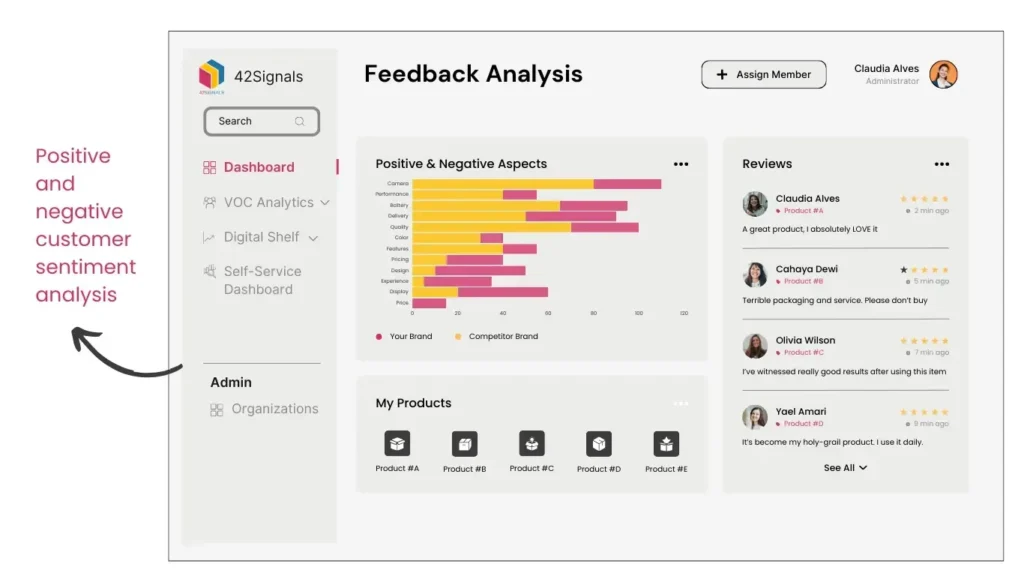
Comprehensive Data Dashboards:
Visual representation of data can significantly enhance comprehension. Modern brand monitoring tools present insights through intuitive dashboards, allowing brands to quickly gauge their online health. From tracking mentions across different platforms to understanding peak engagement times, these dashboards offer a consolidated view of a brand’s digital footprint.
Competitive Analysis:
Monitoring competitors is essential in the e-commerce space. Advanced tools not only track a brand’s health but also offer insights into competitors’ performances. This comparative data aids businesses in understanding market trends, potential threats, and opportunities.
Integrating Feedback into Business Strategy:
The true power of monitoring your brand lies not just in collecting data but in effectively integrating this feedback into business strategies. Tools today offer actionable insights, suggesting areas of improvement, potential market gaps, and even product enhancement suggestions based on customer feedback.
Conclusion
As the digital landscape becomes increasingly competitive, e-commerce brands that prioritize effective monitoring will undoubtedly have the edge. The journey from crafting a memorable brand image to ensuring its consistent positive perception online is complex. However, with the right tools at their disposal, e-commerce businesses can not only navigate this journey smoothly but also leverage it for sustained growth.
In 2023 and beyond, as brand interactions become more dynamic and instantaneous, the need for sophisticated brand monitoring tools becomes not just desirable but indispensable. For e-commerce brands aiming to thrive, investing in these tools and the insights they offer is not merely a trend but a foundational pillar for success. Request a custom demo with us at sales@42signals.com
